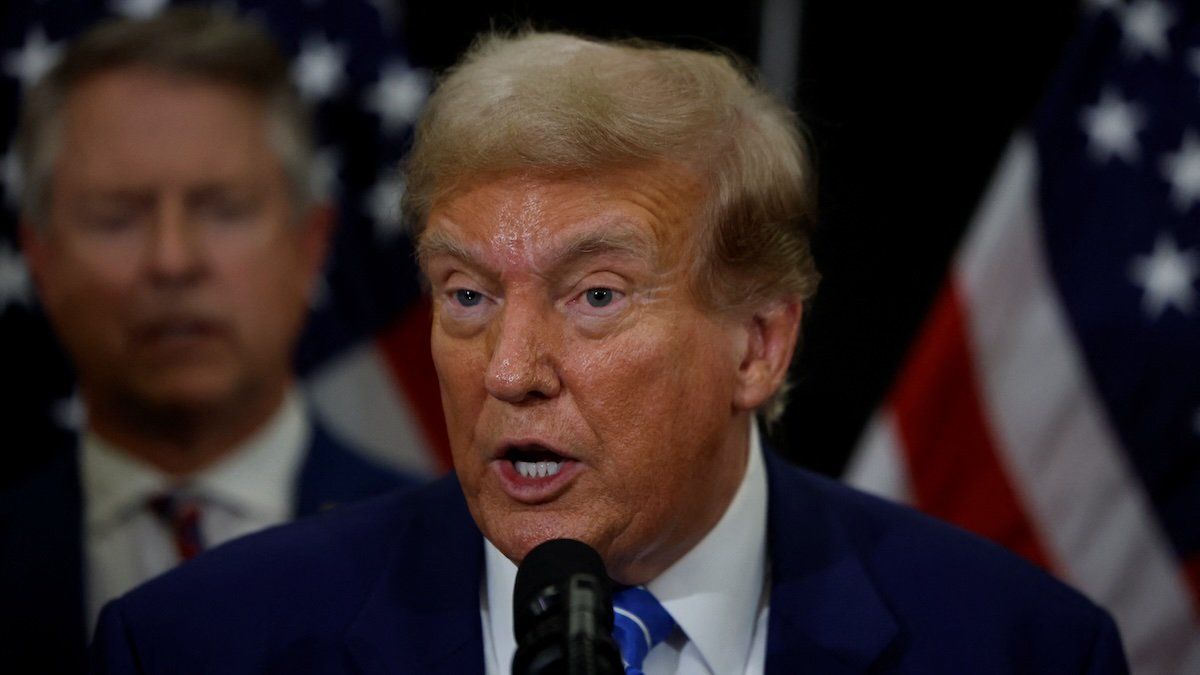At the US-Canada Summit this week, attendees were faced with a potential new reality: What if all of North America is run by populists?
Mexico has just elected Claudia Sheinbaum, who is expected to follow in her predecessor's populist footsteps. While the race will be tight in the US, Donald Trump stands a strong chance of winning the White House. And in Canada, Pierre Poilievre, who rose to Conservative party leadership as the champion of the trucker convoy that occupied Ottawa in January 2022, is leading in the polls.
In Canada, as Trudeau plummets in the polls, his campaign is trying to paint Poilievre as a carbon copy of Trump, but the comparison is deceptively flawed. On policy, Polievre is far more moderate than Trump, concerned with classic conservatism rather than culture wars. His biggest campaign promises at present aren’t slashing immigration rates or cracking abortion rights but building more housing and repealing Canada’s carbon tax.
Meanwhile, in the US, a second Trump term is expected to escalate the far-right policies he started in 2016. He was back on Capitol Hill today for the first time since Jan. 6, 2021, to discuss a potential 2025 legislative agenda and continue pressuring Republicans to fight against the Democrats he accuses of “weaponizing” the justice system against him. This week, House Republicans successfully passed a vote of contempt against Attorney General Merrick Garland.
At the meeting, Trump also proposed theidea of imposing an “all tariff policy” that would enable the US to eliminate income tax – rhetoric that would make the lives of Sheinbaum and (probably) Poilievre much more difficult when they come to the table to renegotiate the trilateral trade agreement, USMCA, in 2026.
